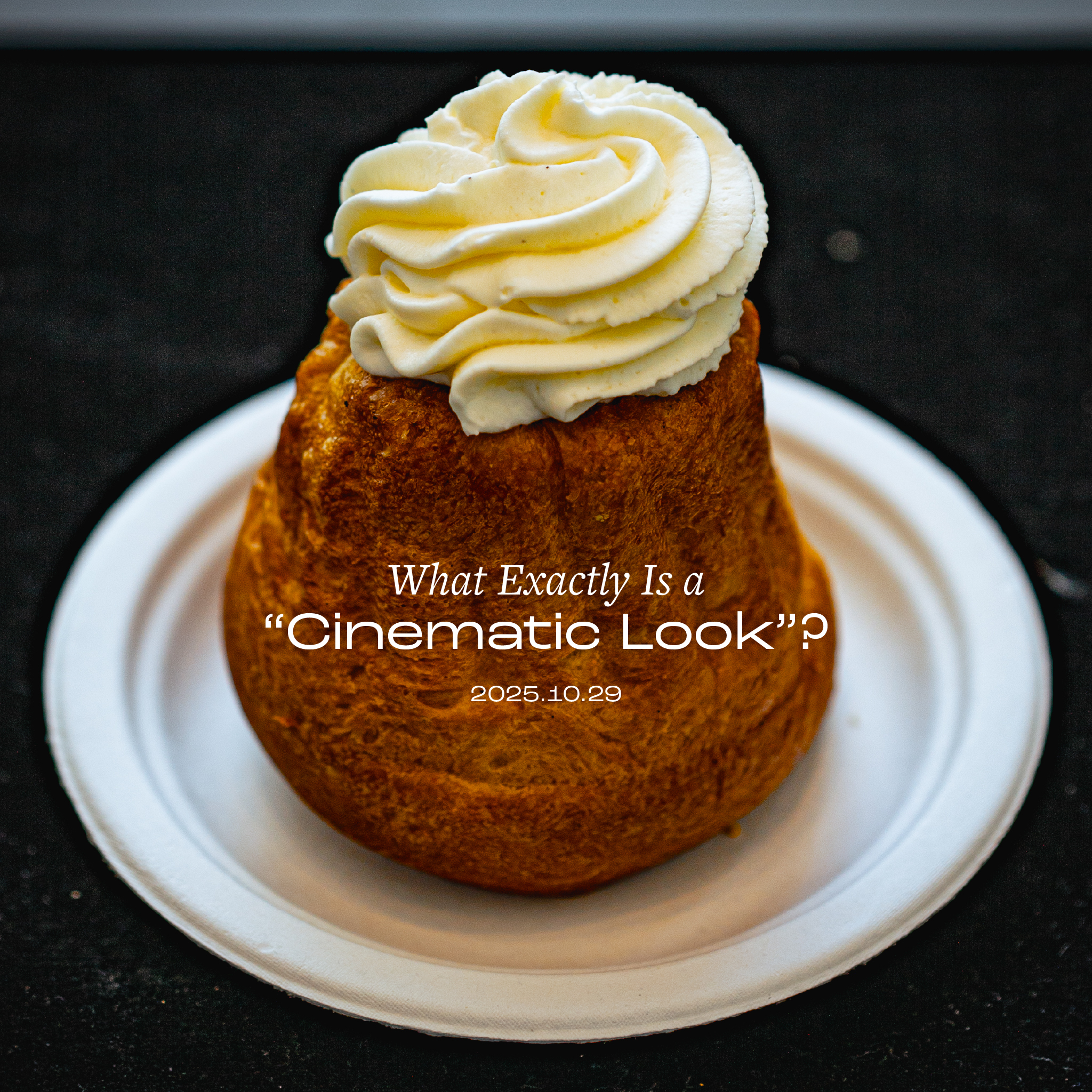
What Exactly Is a “Cinematic Look”?
In color grading, a “cinematic look” is coveted. We might assume it means the look of images shot on film rather than video, and that colorists are trying hard to make video footage look like it was shot on film. But “filmmic look” can come and go; today, nobody adds dust, scratches, and jitters anymore.
A “look” usually comes and goes, like fashion trends (e.g., the blue-green Matrix era), but the word “cinematic” never lost its appeal. That suggests there’s something more fundamental about it.
Here’s my take:
What we call “cinematic” is simply the presence of color grading itself, the deliberate effort to process color. Footage that doesn’t look cinematic is usually just ungraded or unprocessed. We’ve turned “cinematic” into an aesthetic or stylistic category when, in fact, it just means “processed.”
There are practically no Hollywood films with unprocessed color, so “cinematic look” has come to mean “what movies look like.” By contrast, we don’t say “photographic look” because we are inundated with unprocessed photographs.
Unprocessed footage doesn’t show reality as our eyes see it either. Camera sensors can capture only a limited range of what our eyes see, then further reduce the dynamic range in the JPEG output. The result is not optical accuracy but a technically limited representation. Grading is a deliberate intervention of an otherwise automatic, mechanical process. We try to reproduce perceptual realism, the way we remember light and color, when we color grade. In other words, we frame colors just as we frame compositions; it’s the limitations that turn color grading into a form of art.
So “cinematic” survives as a term not because it describes a specific look, but because it describes a human intervention; what we call “cinematic color” is simply color interpreted by human subjectivity rather than left to chance.
Subscribe
I will email you when I post a new article.


